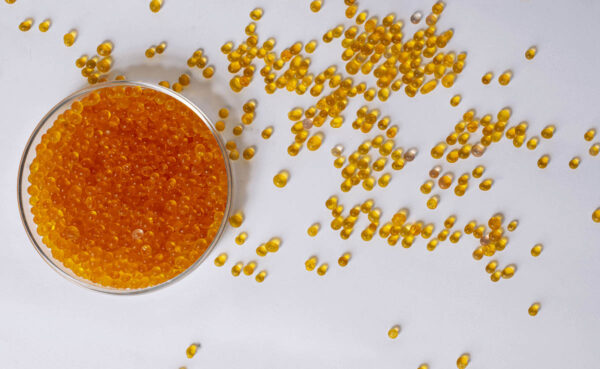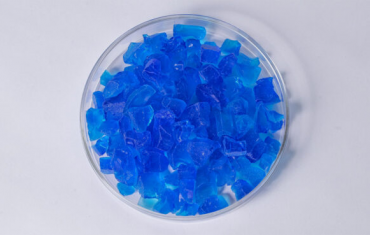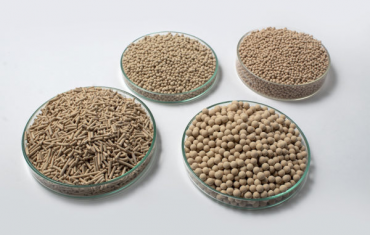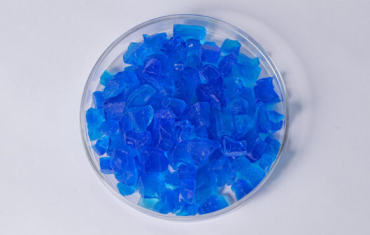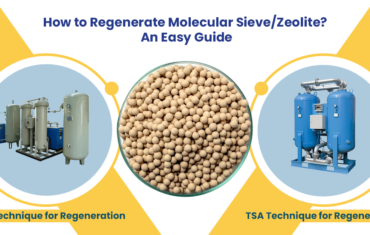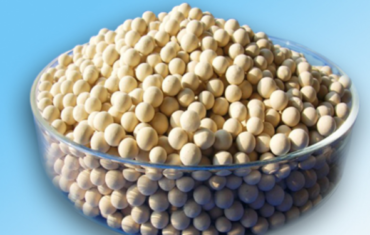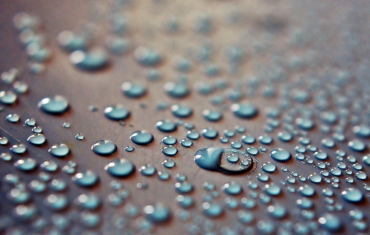All You Need to Know About Desiccant Dryers
Desiccant dryer refers to a broader category of desiccant drying machines. Some other names for desiccant dryers are:
- Twin-Tower Dryer
- Regenerative Dryer
- Adsorption Dryer (However, this term isn’t used often)
There are 3 basic types of desiccant dryers: carousel designs having 2 or more than 2 desiccant beds, twin-tower, and “honeycomb” desiccants wheel that have a rotating design.
Desiccant drying is a little different from other types of plastic drying like compressed air or hot air drying because desiccant dryers have different materials that absorb the moisture from an object.
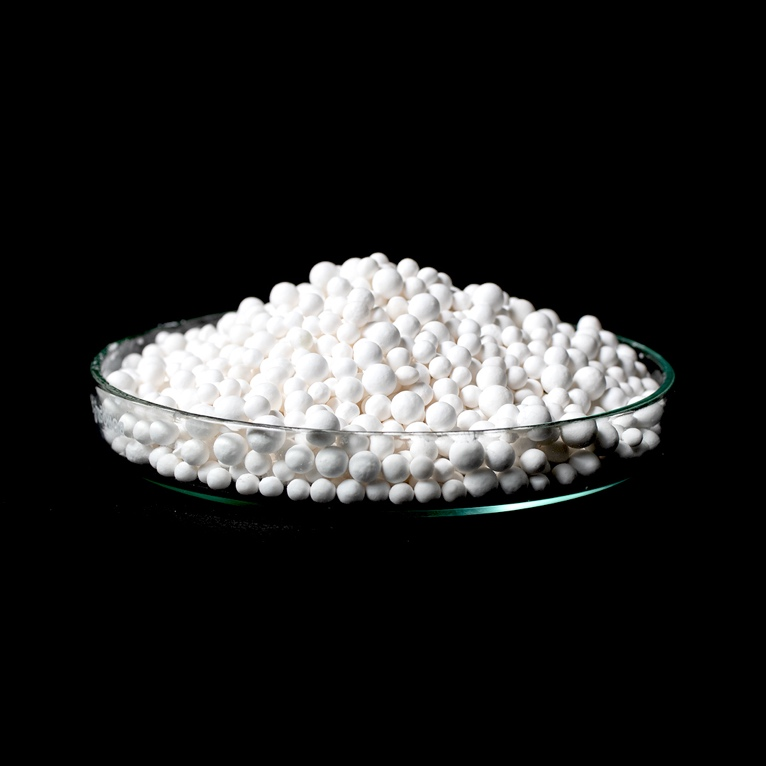
What’s a Desiccant?
Desiccant refers to a hygroscopic material that helps sustain or induce dryness in its surroundings. These are chemically inert or stable which is why they’re so popular among a wide range of industries.
Some of the most common types of desiccants include silica gel, calcium chloride, activated charcoal, molecular sieves, and calcium sulfate. Silica is by far the most commonly used since it’s non-toxic and has a very high absorption rate.
The desiccant used in desiccant drying is usually in the shape of many small beads activated alumina or silica gel. During the desiccant drying process, the desiccant material brings the dew point of compressed air to such a level that water will not condense anymore.
How Does the Process of Desiccant Drying Work?
Although there’s a number of different types of dryers, most of them work very similarly. One unique fact that distinguishes desiccant dryers from other plastic drying agents is that the desiccants normally use the heated dry air in order to remove moisture from the resin pellets, instead of using the ambient air.
In the desiccant drying process, the air is usually circulated in a loop known as a closed-loop process. This prevents the air from escaping the hopper and enter in the ambient air. Instead of this, the machine sends the air back to the dryer, while using it constantly to absorb the moisture from the resins.
Step by Step Process
Here is a depiction of the step-by-step process of desiccant drying:
- First, the air is sucked from inside the hopper and sent back through the cooling heat exchanger and the filer.
- From the filer, the distributors send the air to one of the two containers filled with desiccants.
- As this air goes through the container, the desiccants absorb the moisture.
- The air is dried and travels back to the suction and is blown using the heater.
- As time goes on, and the moisture levels in the desiccants increase, the desiccants will have to be regenerated.
- The dryers use a dew point monitor to track the moisture levels in the desiccant containers and signal the central unit.
- Thus, the air can now pass through one container, while the desiccants in the other containers are regenerated.
If you’re looking for desiccants, Sorbead India can help you. We deal in a range of desiccants including moisture-free packaging solutions, silica gel desiccant packets, silica gel blue crystals, and much more.
Contact us today to learn more about our products!

